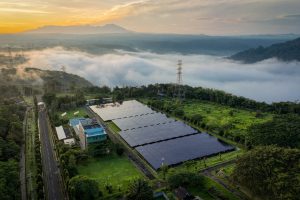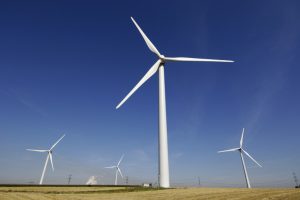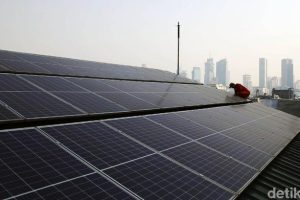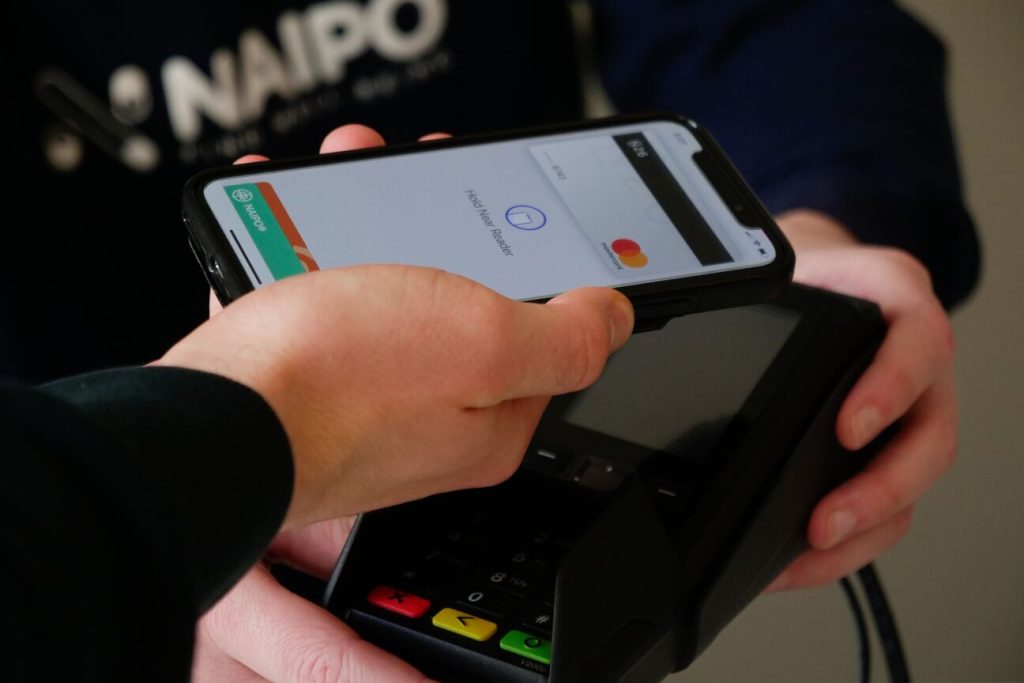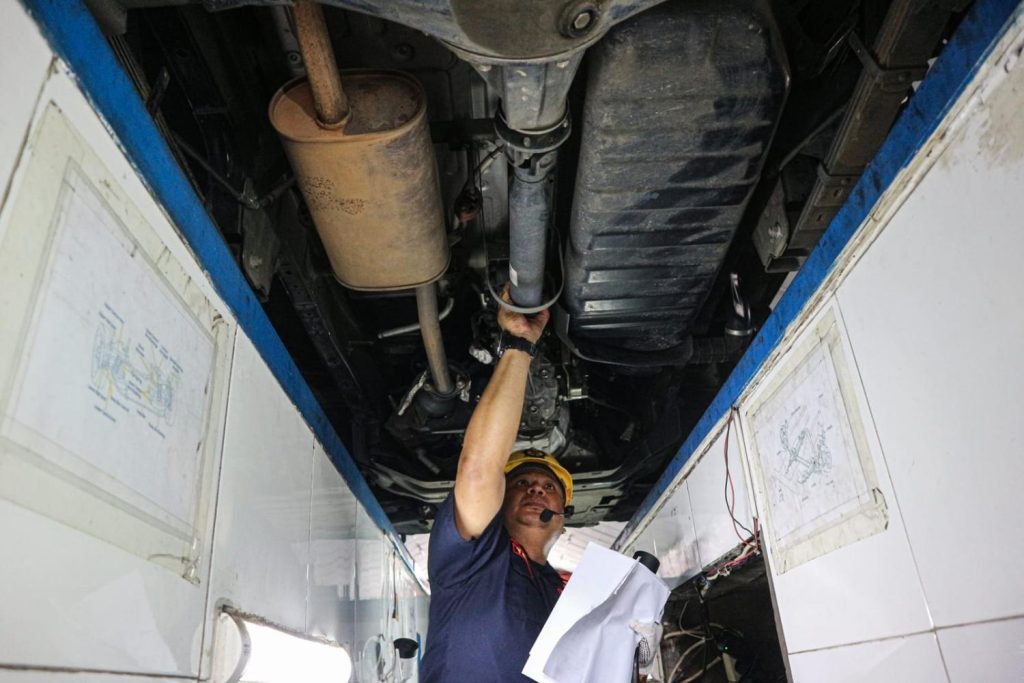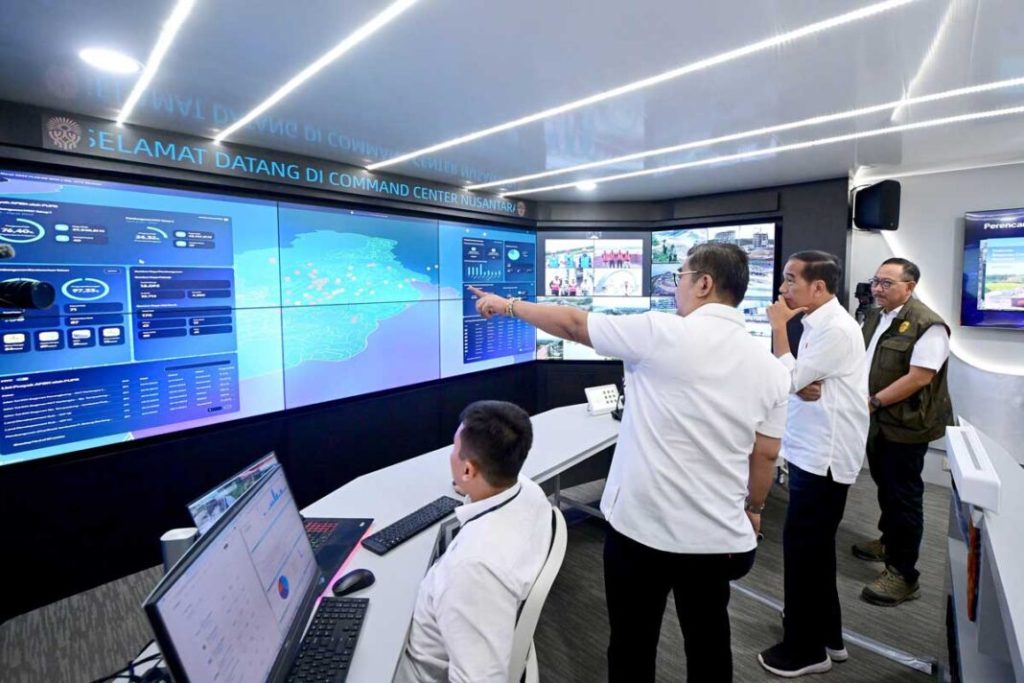In 2021, where technology plays a vital role to support our daily lives, there are still millions of households without proper electricity access in Indonesia. Although electricity has become a fundamental need to obtain a better quality of life, yet the government still struggles to provide reliable electricity in remote areas. This condition is exacerbated by the current COVID-19 pandemic as both the government and private sector have decided to reduce their budget allocations for electricity investment in rural regions.
Recently, The Indonesia Financial Services Authority (OJK) issued a new regulation that might restore hope to present reliable energy in the remote area. In January 4th, 2021, OJK officially launched the first ever securities crowdfunding (SCF) regulation that allows small and medium enterprises (SMEs) to obtain funding directly from the society. This is an alternative financing source for various projects run by SMEs that are considered not bankable and have relatively low return of investment, such as small scale renewable energy projects in remote areas.
The introduction of securities crowdfunding in Indonesia should be seen as a potential opportunity to improve energy security in remote areas. This will be much more effective with the integration of supportive policies such as a community energy program.
Redefining the Electrification Ratio
According to the Ministry of Energy and Mineral Resources (ESDM), Indonesia’s electrification ratio in 2020 has achieved 99.2%, a significant increase from 67.2% in 2010. However, defining the electrification ratio needs to be clarified further. Is it justified for the installation of solar-powered energy-saving lamps (LTSHE) for households in remote areas to be considered electrified? Is it sufficient to provide electricity that works only 6 hours or less a day? Regardless of the near perfect national electrification data, there is still a large number of households without sufficient electricity access to support basic needs. In 2017, it is estimated that there are approximately 10 million households that have either no electricity or an unreliable electricity supply. Energy insecurity will give negative impact on the households in many ways, from productivity, economy, education to health. This is indeed a challenging task for the government as their budget is currently aimed toward the economic recovery program from the COVID-19 pandemic.
Energy from Community to Community
There is a new approach that has been developed around the world where energy provision is not solely dependent on the government and private sector initiatives but also on communities, namely community energy. Community energy allows the community to take a dominant role in providing its own energy as a prosumer, while simultaneously act as an owner and decision-maker. According to IRENA report in 2021, the benefits of community energy include local socio-economic gain; increased energy security; accelerate access to renewable energy, and broadened participation in the energy system. Nevertheless, several barriers usually hinder the development of community energy, such as lack of knowledge and awareness among community members as well as unsupportive policy. Above all, the largest barrier usually relates to the financing sources. Community energy rarely attracts commercial lenders since they are usually run by non-legal entity enterprises and offer relatively small return on investment. This is where securities crowdfunding could be an essential bridge to connect the gap between communities and energy.
Securities Crowdfunding as the Bridge
Unlike other financial tools, crowdfunding puts the decision on “the wisdom of the crowd” to decide where they want to invest. Social responsibility investment that were used to facilitate only large companies providing grants could now accommodate the whole ranks of society without border. The huge potential of crowdfunding has been well captured by OJK with the introduction of securities crowdfunding (SCF) in 2021 as a modification of equity crowdfunding (ECF) launched in 2018. Unlike the ECF where the issuer must be a limited liability company, the SCF issuer is widely open for SMEs and non-legal entity enterprises. SCF could be a perfect financing platform to gather investment from communities to implement community energy projects. SCF investors will have an opportunity to experience impact investment that not only gives an attractive return on investment but also support energy security in local communities. Meanwhile, the local communities in remote areas will be able to independently provide their own energy according to their ability and needs to increase their welfare.
The Critical Role is on The Crowd
The integration between community energy program and securities crowdfunding can play a vital role in providing independent energy in remote areas while also help the government to enhance social and economic development. Furthermore, community participation will enhance social awareness to seek clean energy source that will not harm their own backyard while providing them a sense of belonging to conduct proper maintenance to guarantee the program sustainability.
Finally, the adjustment of regulations in the energy sector remains a necessary condition since existing ones focus only on large scale investments. Currently, there are no supporting policies to facilitate a community energy program. In general, the success of this program initiative is highly dependent on the community and the citizens themselves. For instance, how many people want to take part in this impact investment, how significant will the community be willing to participate, and the commitment of the community to facilitate the agreed upon rate of return to the investors. Thus, rather than putting all of the burden on the government, the communities can start to involve in small energy projects that can benefits the society, environment, and the whole economy.
Disclaimer: This opinion piece is the author(s) own and does not necessarily represent opinions of the Purnomo Yusgiantoro Center (PYC).
